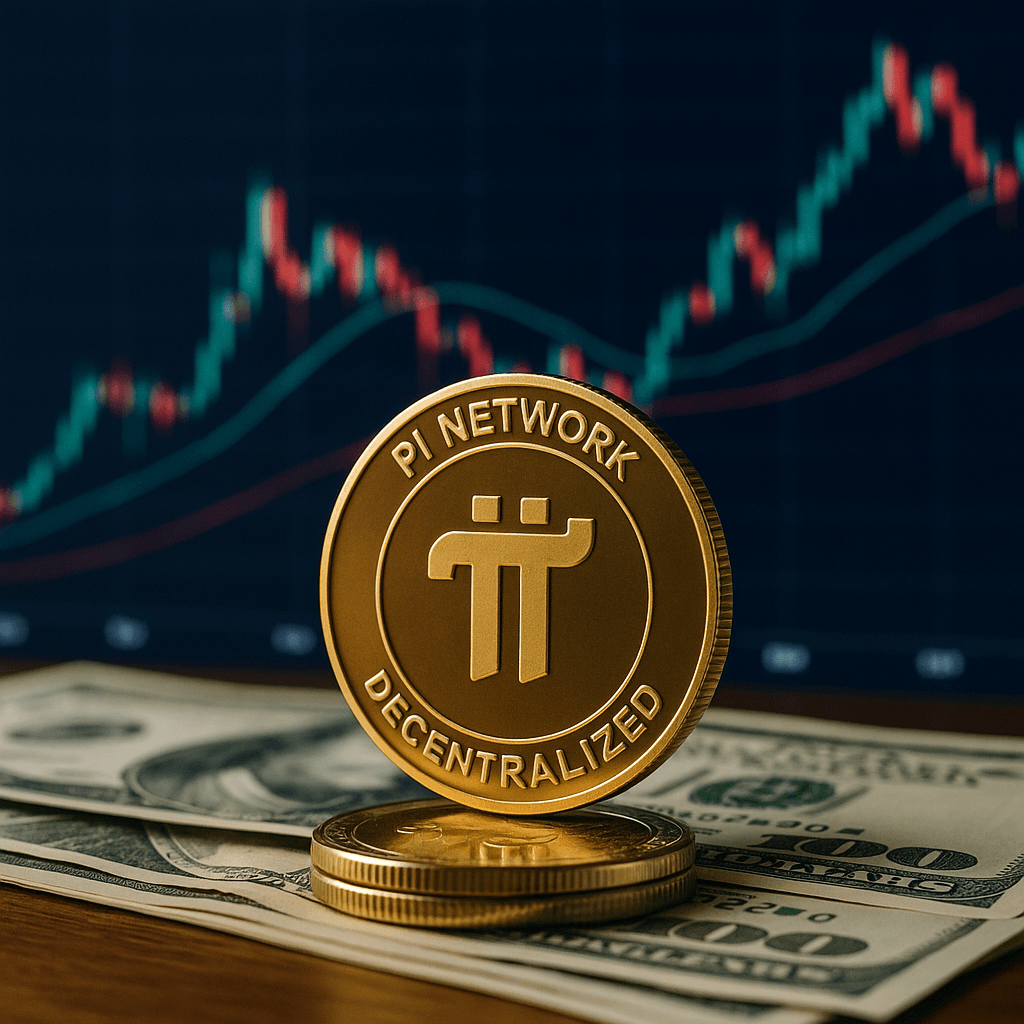In a landscape where Bitcoin forecasts rarely raise eyebrows, investment manager Bernstein—overseeing $800 billion AUM—has set heads turning. Their analysts now peg Bitcoin at $200,000 by December 2025, labeling this target “conservative.” This bullish stance departs sharply from the market’s usual caution and hinges on several powerful tailwinds.
What Makes $200K a “Conservative” Estimate?
Bernstein’s base-case forecast relies heavily on the surge in spot Bitcoin ETFs, now commanding nearly $120 billion in assets. BlackRock’s IBIT, for example, rocketed to $70 billion AUM faster than any ETF in history, signaling institutional capital embracing Bitcoin as a regulated, liquid asset. Beyond ETFs, Bernstein cites:
- Corporate Treasury Allocations: Public companies like MicroStrategy and Tesla diversifying their balance sheets with Bitcoin, treating it as a strategic reserve asset.
- Near-Record Prices: Bitcoin trading around $109,000—only 4% shy of its May 22 2025 all-time high—suggests a strong consolidation phase before the next uptrend.
Taken together, these factors form a floor for Bitcoin’s valuation—yet by their own admission, the real upside could be far greater.
A Broader Blockchain Revolution
Bernstein doesn’t stop at Bitcoin. They argue that tokenized financial applications on networks like Ethereum and Solana further underwrite blockchain value. As traditional institutions build DeFi protocols, payment rails, and stablecoin platforms on these blockchains, demand for the underlying infrastructure grows. This “real-world” utility, they contend, could drive blockchain network valuations well beyond current levels.
“Institutional innovation on public blockchains mechanically adds value to those networks,” the note explains, framing Bitcoin’s $200K as merely the first act in a larger narrative of decentralized finance maturing.
Why This Matters
- Institutional Confidence: Record ETF flows and corporate treasury buys demonstrate broadening trust in Bitcoin.
- Ecosystem Growth: On-chain applications, from DeFi to tokenized securities, are creating new value streams for major blockchains.
- Redefined Norms: What once sounded like a sky-high price target now appears as a conservative baseline for a digital economy in rapid evolution.
In Bernstein’s view, the $200,000 price point isn’t an audacious peak—it’s a realistic foundation upon which the next wave of decentralized finance will build.
Also Read: Understanding Crypto Liquidations: How They Work and Why They Matter




